7 Essential Water Skiing Safety Practices You Should Never Ignore
Ah, water skiing. The art of strapping yourself to two narrow planks, gripping a rope for dear life, and letting a speeding boat fling you across the water like a caffeinated skipping stone. Sounds absurdly thrilling, doesn’t it? But before you dive (or faceplant) into this aquatic circus, let’s get one thing straight: water skiing isn’t just a sport—it’s a delicate dance between fun and catastrophe. And trust me, as someone who has spent most of my adult life flirting with danger on snowy slopes and sunny waters alike, safety is your best friend.
Life Jackets: The MVP of Not Dying
Let me ask you a question. What’s cooler: looking like James Bond on your skis or floating lifelessly face-down in the water? No brainer, right? Yet, I still see thrill-seekers who think they’re invincible skiing without a life jacket. Pro tip: You're not. This isn’t a Hollywood movie.
Life jackets aren't fashion statements (though some are quite snazzy), but they *are* your very literal lifesavers. They keep you buoyant when you take those inevitable tumbles, save you unnecessary panic, and guide search-and-rescue teams to your sorry self faster should something truly dire happen.
And listen, if a life jacket inspection sounds tedious, tough luck. Adjust those straps and make sure they’re snug enough to avoid slipping off mid-drama. Trust me, I’ve been there. Nobody needs the indignity of being fished out of the water wearing nothing but half a life jacket and a sheepish grin.
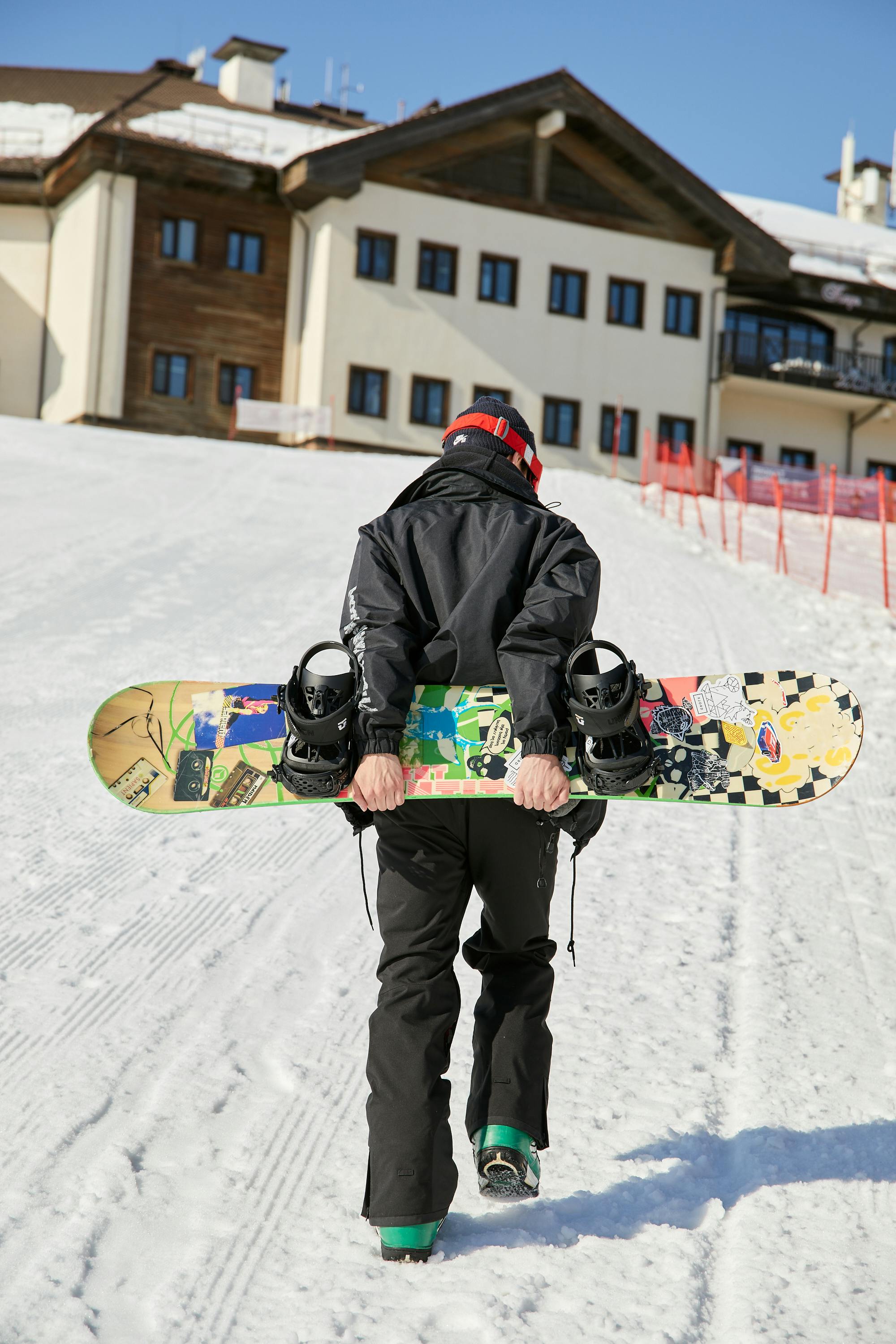
Know Your Crew: Spotters are Non-Negotiable
Here’s the thing about water skiing—it’s not a solo gig. You’re not just out there with your boat driver, expecting them to do everything short of filing your taxes while navigating at top speeds. You need a third party, a trusty spotter, whose sole job is to keep their eyes glued on you.
I once skied without a spotter, thinking, “Eh, I’ll be fine.” News flash: when you’re flying across the water at 30 mph, and you wipe out, fine is the last thing you’ll feel while waiting for your oblivious driver to notice. The spotter watches so your driver doesn’t have to contort themselves mid-steer like some aquatic owl. It’s teamwork, people.
When you’re out on the water with buddies, make sure there’s always someone onboard whose sole responsibility is to track your glorious—and let’s face it, occasionally tragic—performance.
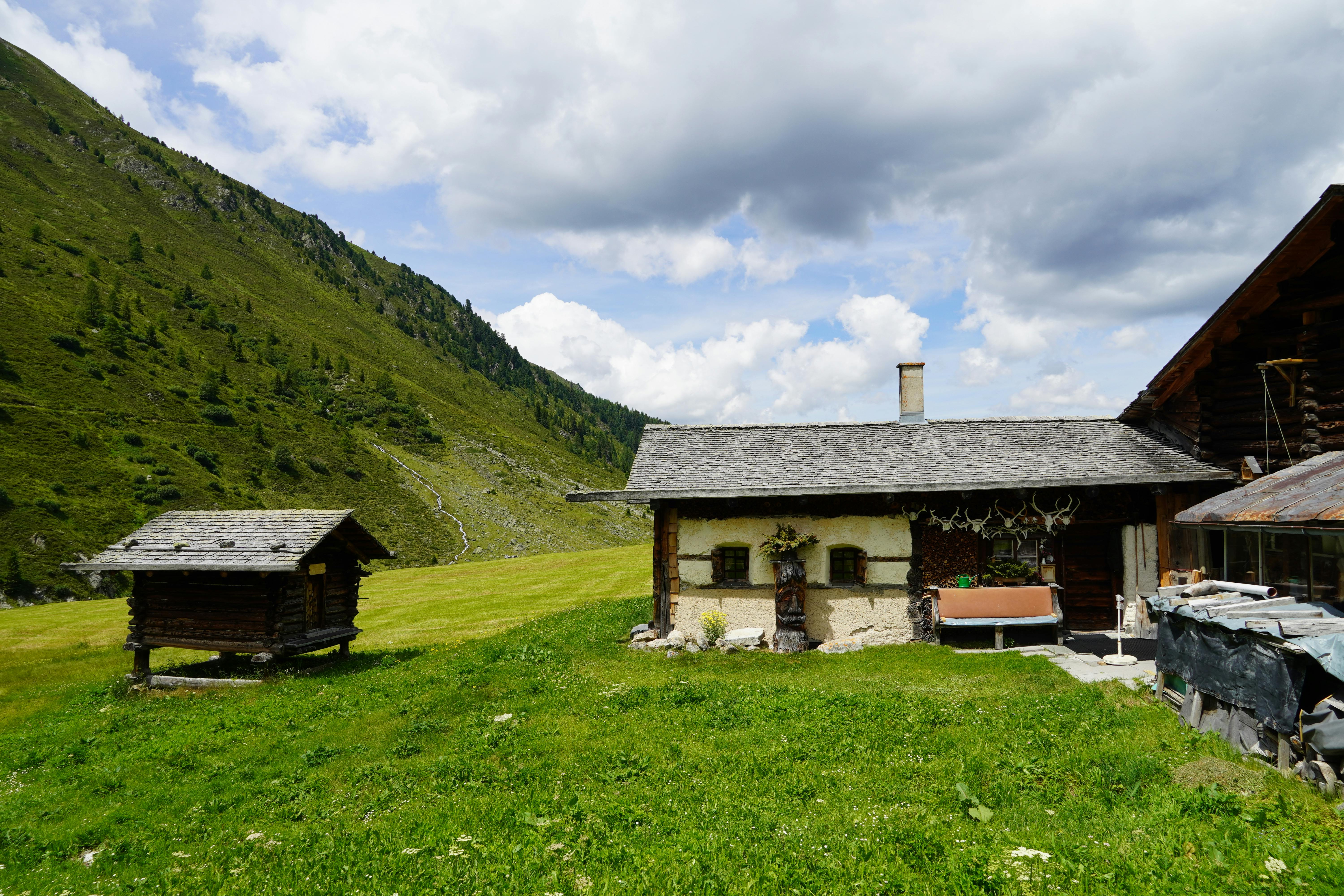
Inspect Your Equipment: Channel Your Inner Skeptic
Imagine standing in the middle of a crowded lunchroom in college while your friend pulls out your chair *as you’re sitting down.* That sinking feeling of betrayal is nothing compared to what happens when your ski bindings fail mid-run.
Water skiing equipment is not a “set it and forget it” deal. Those shiny ropes, strong bindings, and indestructible skis? They’re only as good as the last time you checked them. One loose binding or frayed rope, and congratulations—you’ve signed up for an unintentional audition for America’s Funniest Home Videos.
Before you hit the water, inspect *everything*. And let me channel my Overo Glasses expertise here—clear vision matters too! While blinding sunrays might be super aesthetic for Instagram, you need to actually *see* where you're headed. Thanks to our flagship **prescription ski goggles**, you don’t have to squint or gamble on blurry horizons. With military-grade anti-fog coatings and customized optics, your visibility game will be as sharp as your turns (okay, maybe sharper).

Stick to Safe Zones: Water Highways Aren’t Your Friend
Remember that time I accidentally skied into a cluster of paddleboarders? Yeah, me neither. Because I read the room—or rather, the lake—and stayed where I was supposed to.
Crowded water areas are called "accident magnets" for a reason. Don’t just hop into any body of water like it’s your private circus. Stick to designated skiing zones with minimal boat traffic, and always, ALWAYS, know where the other lunatics (ahem—fellow skiers) are zooming around. Navigating busy waters with blind optimism isn’t just dangerous—it’s how you end up with someone else’s paddleboard as a souvenir.
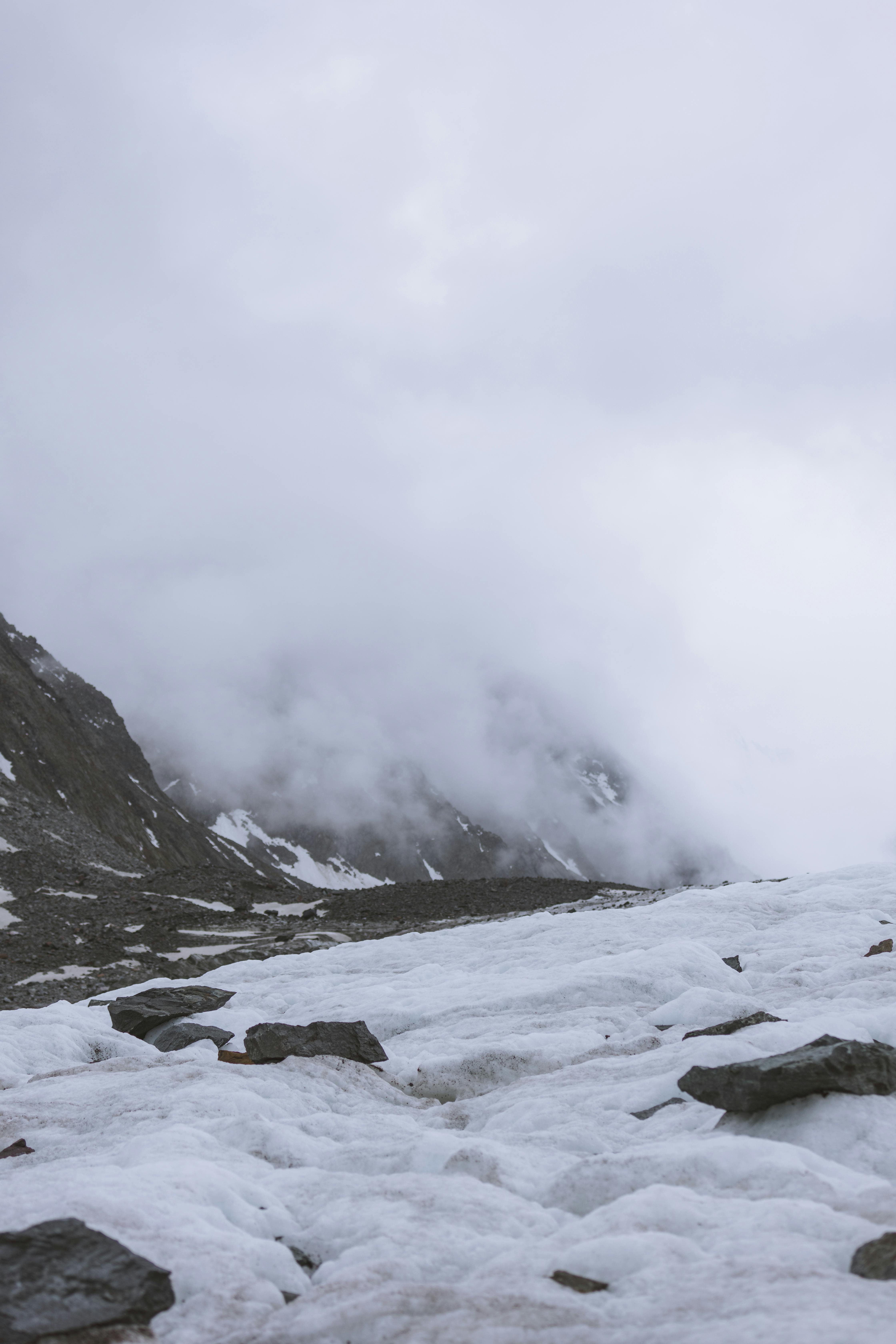
Communicate or Die Trying
I don’t want to exaggerate (lol, yes I do), but clear communication while water skiing is the difference between “this is the best day of my life” and “I never want to see a lake again.”
Both you and your crew need to establish hand signals before starting. Yes, it’ll feel like an over-rehearsed game of charades, but when the engine’s roaring louder than your inner monologue, those signals might save your life—or at least your dignity.
Thumbs up? Speed up. Hand slashing your neck? CUT IT OUT (or, y’know, stop the boat). Trust me, you’ll thank yourself for this later when there’s no shouting match over whether or not you fell off because the speed of the boat made you airborne long enough to question your life choices.

Keep Your Eyes Peeled (and Prescription-Supported!)
Here’s a revolutionary thought: you actually need to *see* where you’re going while skiing. Groundbreaking, right? Yet I can’t tell you how many water junkies hit the waves without prioritizing their freakin’ vision.
For years, I gritted my teeth through the misery of foggy glasses shoved under ski goggles. Then I discovered Overo’s **prescription ski goggle inserts**, and boom—life changed. Suddenly, there was no more fogging drama, no awkward adjustments mid-run, and no “is that a duck or a rock?” guesswork. The custom optics are a lifesaver for us visually impaired daredevils, and the eco-friendly design means you get to look cool *and* feel good about it.
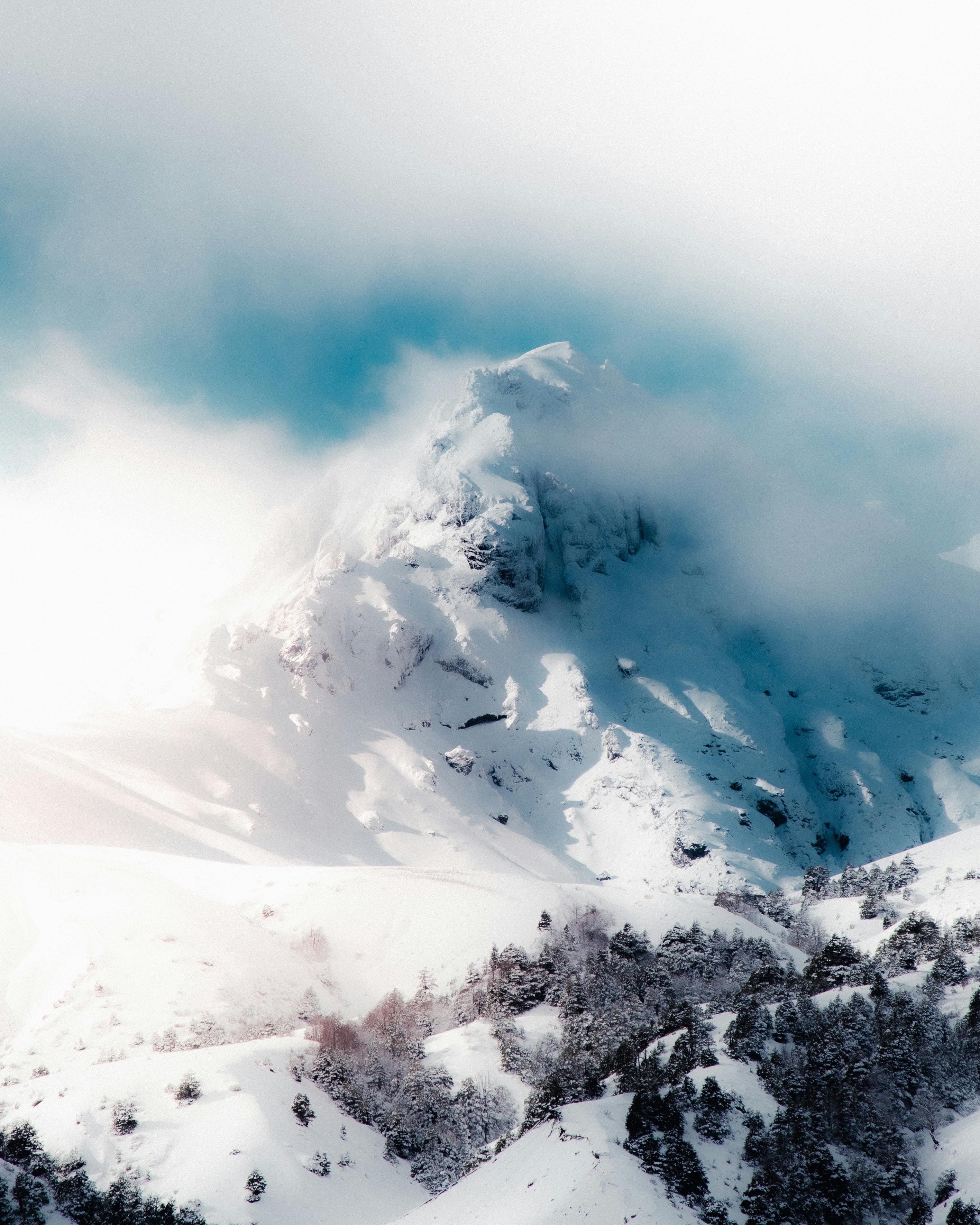
Know When to Fold (or Ski)
Finally, a word to the wise: Know your limits. If the weather’s sketchy, visibility’s low, or you’re feeling “off,” sit this one out. I once ignored my gut on a particularly choppy day and ended up in what can only be described as a full-blown underwater wrestling match—with myself. Spoiler: the water won.
Water skiing is an adrenaline-pumping whirlwind, sure, but it’s not worth breaking your body (or ego). Safety isn’t a buzzkill; it’s the thing keeping you around to laugh about your wipeouts over hot cocoa later.
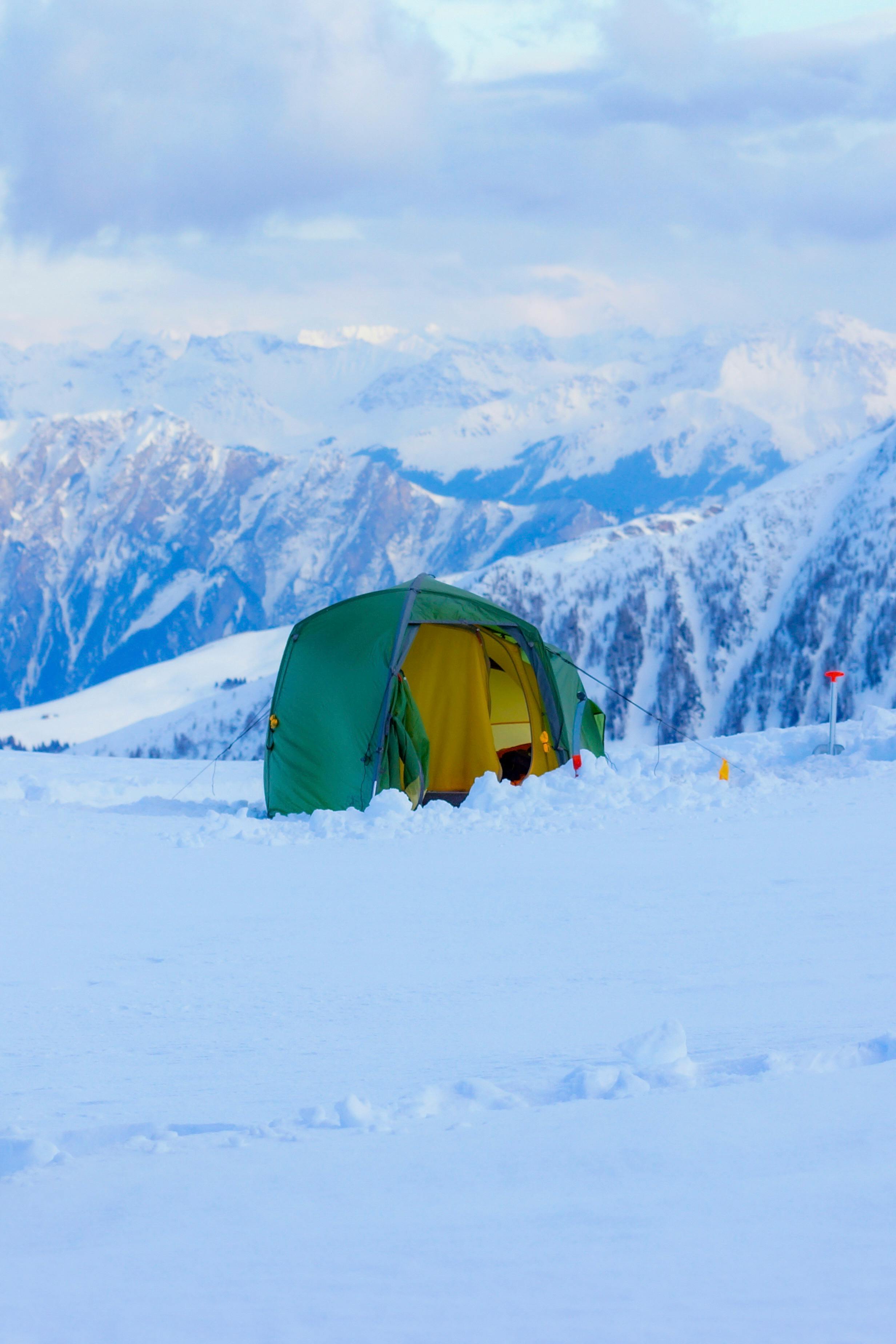
A Final Word from a Professional Disaster-Avoider
There you have it: seven essential water skiing safety tips, straight from someone who’s wiped out more times than I’ve actually landed gracefully. My motto for every thrill-filled escapade: embrace the chaos, but prepare like an over-cautious grandmother. And if you’re like me—a passionate skier on both snow and water—invest in the right gear. Seriously, Overo’s **prescription ski goggles** aren’t just eyewear; they’re a love letter to safety and adventure combined.
So, go forth, conquer the waves, and remember: the line between thrill-seeker and cautionary tale is a slippery one. Wear your life jacket, watch your surroundings, and for heaven’s sake, don’t cheap out on the gear. Because nothing ruins an epic day of skiing like leaving the lake looking like a bad blooper reel.
Frequently Asked Questions
Do I really need a life jacket while water skiing?
Yes, wearing a life jacket is non-negotiable. It ensures your safety by keeping you buoyant in the water and makes it easier for search-and-rescue teams to locate you in case of an emergency.
Why do I need a spotter in addition to a driver?
A spotter's sole job is to keep eyes on the skier at all times, alerting the driver to any issues. This division of responsibility allows the driver to focus on navigating the boat safely.
How often should water skiing equipment be inspected?
Before each run, inspect your equipment for any loose bindings, frayed ropes, or other damages. Faulty equipment can lead to accidents and ruin your skiing experience.
What are safe zones for water skiing?
Stick to designated skiing areas with minimal boat and watercraft traffic. Avoid crowded or busy areas to reduce the risk of collisions.
How can I communicate with the boat driver while skiing?
Use hand signals to communicate with the driver and crew. For example, a thumbs-up signals to speed up, while a slashing motion across your neck tells them to stop.
Can I water ski if I wear prescription glasses?
Yes, you can use prescription ski goggles or inserts like Overo’s goggles, which prevent fogging and offer clear visibility while skiing.
What should I do if the weather conditions seem risky?
If the weather is poor, visibility is low, or the water conditions are choppy, it's best to postpone your skiing. Safety always comes first.
References
- Common Water Skiing and Wakeboarding Injuries - Insights into injuries and safety precautions.
- Nate Kuhlman: A Water Sports Enthusiast's Tragic Accident - A cautionary tale about the importance of safety.
- Personal Watercraft - Information on watercraft commonly used in water sports.
- How to Protect Your Boat During the Off-Season - Tips to maintain your boat for watersport activities.
- Water Sports Guide - A guide to water sports equipment, training, and safety.



Share:
Skiing in Mexico City: 5 Lessons from My Unlikely Adventure
5 Reasons Why Skiing After 50 Isn’t Insane (But Actually Awesome!)